Type 3 Secretion System Usmle
Type 3 secretion system usmle. Coli LEE-encoded T3SS The locus of enterocyte effacement LEE is a pathogenicity island originally identified in the EPEC strain O127H6 McDaniel et al 1995 and later found in most EPEC EHEC and atypical enteropathogenic E. Finally the sub-mandibular glands produce a mixed secretion that is both serous and mucous. This bacterial type III secretion system T3SS is of special interest to those studying host-pathogen interactions because by utilizing this system bacteria are able to directly inject bacterial proteins called effectors into host cells across bacterial and host membranes where they can manipulate host cell function.
It is divided into the sympathetic and parasympathetic nervous systems. Response of Pseudomonas aeruginosa to the Innate Immune System-Derived Oxidants Hypochlorous Acid and Hypothiocyanous Acid. Bacterial appendage that connects bacteria and immune cells and delivers bacterial toxins directly into the cell.
Type III secretion system. Irritating the nasal mucosa after the cornea had been anesthetized. Type III secretion systems are highly conserved in a wide variety of plant and animal pathogenic bacteria including Salmonella Shigella Yersinia Pseudomonas enteropathogenic E.
Schirmers test is a measurement of tear production devised by the German ophthalmologist Otto WA. Allow for intracellular translocation of bacteria evading recognition by the immune system eg Yersinia spp Evasion of intracellular phagocytic cells. The type III secretion system T3SS is a membrane-embedded nanomachine found in several Gram-negative bacteria.
The type III secretion system or TTSS encoded in SPI1 is made up of structural proteins encoded in the inv spa and prg loci see also 236 for a comprehensive review. NOTES NOTES ANATOMY PHYSIOLOGY ENDOCRINE ANATOMY PHYSIOLOGY osmsitendocrine-anatomy-and-physiology ENDOCRINE GLANDS Secrete hormones directly into bloodstream exocrine glands use ducts Maintain homeostasis by controlling variables such as body temperature fluid balance Especially with negative feedback mechanisms HORMONES Can be classified as. Inserting the strip of paper itself.
3 across both the inner and outer bacterial membranes recently reviewed in. The sympathetic nervous system has a thoracolumbar outflow and is activated during fight or. Type three secretion system is a protein appendage found in several Gram-negative bacteria.
Originally Schirmer used blotting paper to collect tears elicited by one of the 3 methods of stimulating lacrimation. In pathogenic bacteria the needle-like structure is used as a sensory probe to detect the presence of eukaryotic organisms and secrete proteins that help the bacteria infect them.
The type III secretion system T3SS is a membrane-embedded nanomachine found in several Gram-negative bacteria.
A watery secretion that is rich in enzymes. The M3 muscarinic receptors are located at many places in the body eg smooth muscles the endocrine glands the exocrine glands lungs pancreas and the brain. 3 across both the inner and outer bacterial membranes recently reviewed in. Schirmers test is a measurement of tear production devised by the German ophthalmologist Otto WA. Type III secretion systems are highly conserved in a wide variety of plant and animal pathogenic bacteria including Salmonella Shigella Yersinia Pseudomonas enteropathogenic E. The secretion from the sub-lingual glands is known as mucous saliva. The respiratory system is constantly filtering through the external environment as humans breathe. Allow for intracellular translocation of bacteria evading recognition by the immune system eg Yersinia spp Evasion of intracellular phagocytic cells. Finally the sub-mandibular glands produce a mixed secretion that is both serous and mucous.
The autonomic nervous system ANS is part of the peripheral nervous system and regulates involuntary visceral body functions in different organ systems eg the cardiovascular gastrointestinal genitourinary systems. La Bibliothèque Virtuelle de Santé est une collection de sources dinformation scientifiques et techniques en santé organisée et stockée dans un format électronique dans les pays de la Région dAmérique Latine et des Caraïbes universellement accessible sur Internet et. The role of this unique type of epithelium is to function as a barrier to pathogens and foreign. In pathogenic bacteria the needle-like structure is used as a sensory probe to detect the presence of eukaryotic organisms and secrete proteins that help the bacteria infect them. Type 3 secretion system. Certain types of Salmonella Shigella Yersinia Vibrio can inject proteins into eukaryotic cells. Type III secretion systems are highly conserved in a wide variety of plant and animal pathogenic bacteria including Salmonella Shigella Yersinia Pseudomonas enteropathogenic E.



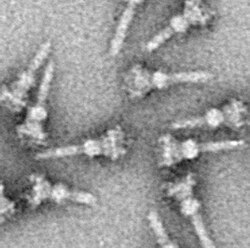


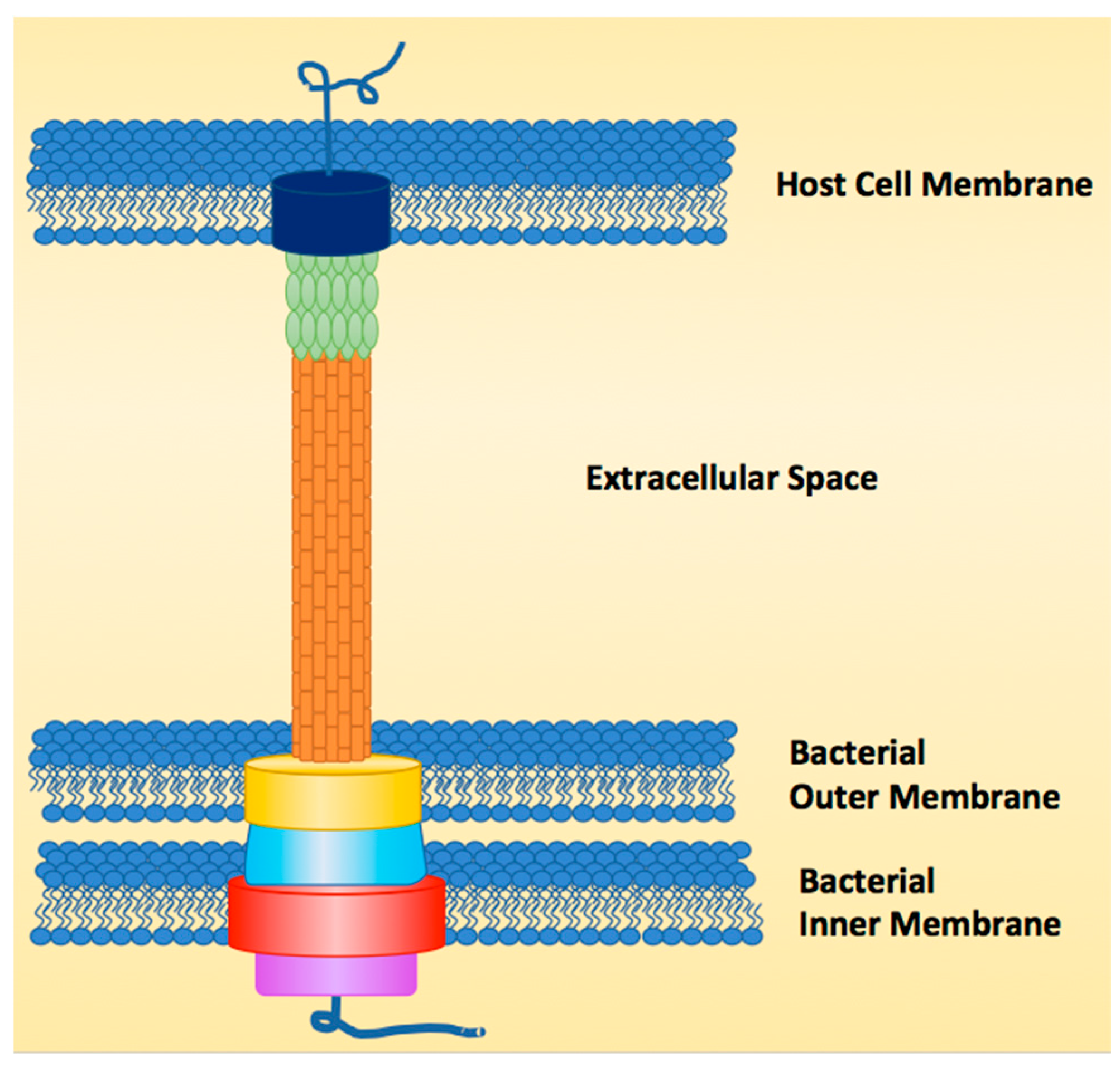
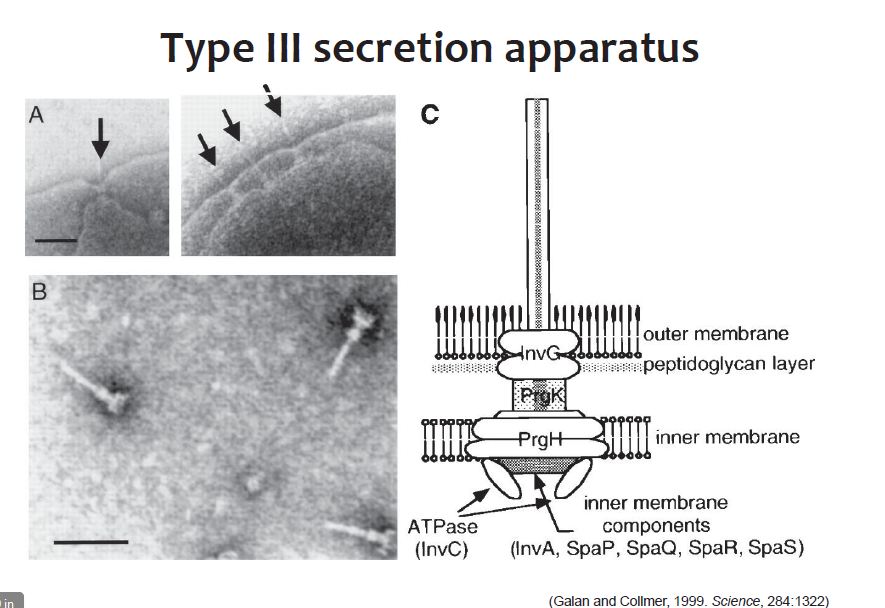


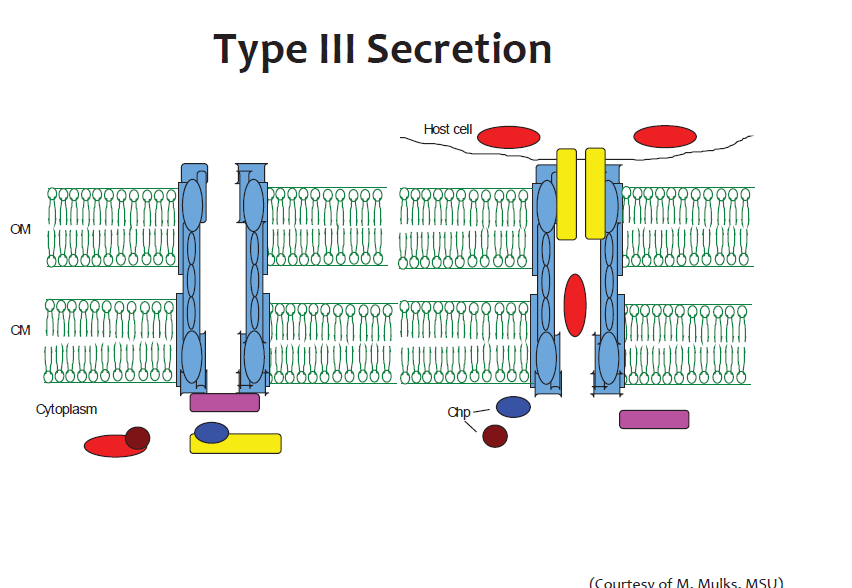




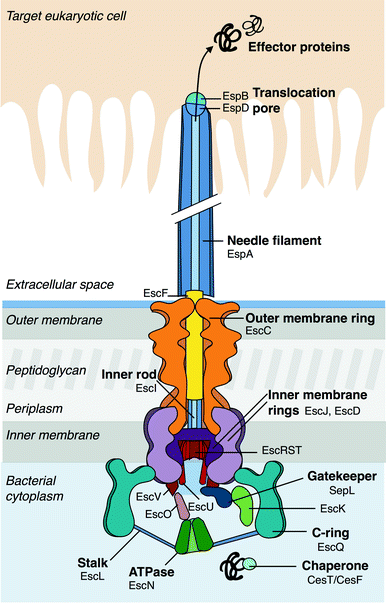



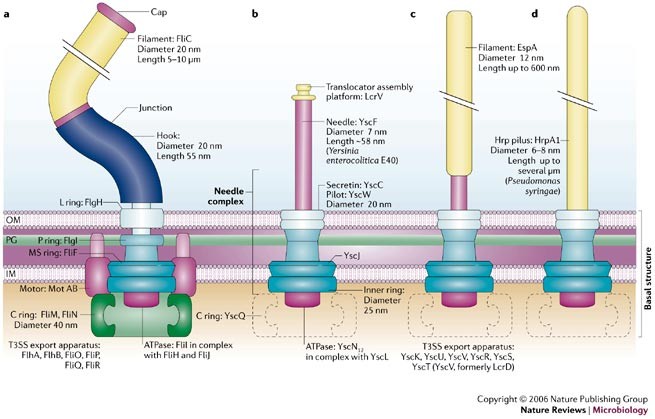


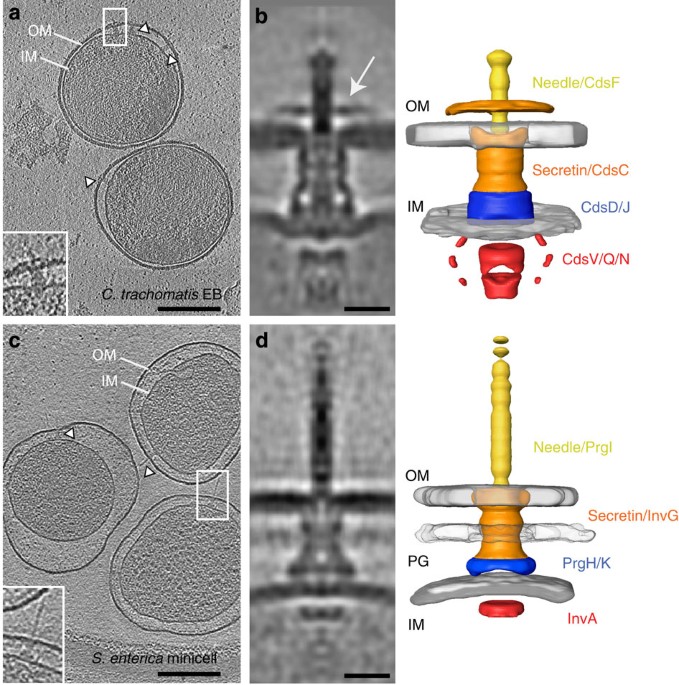


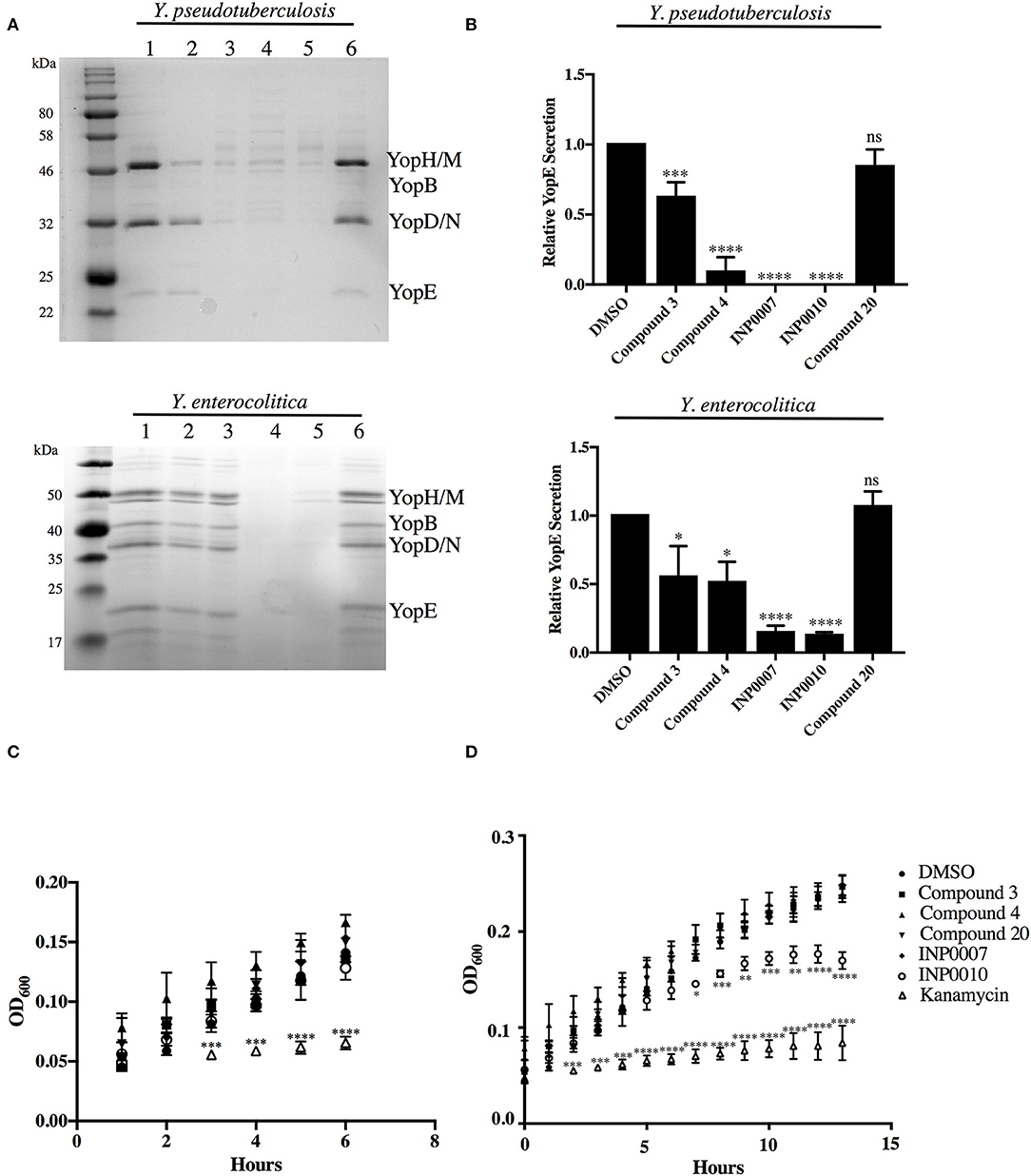




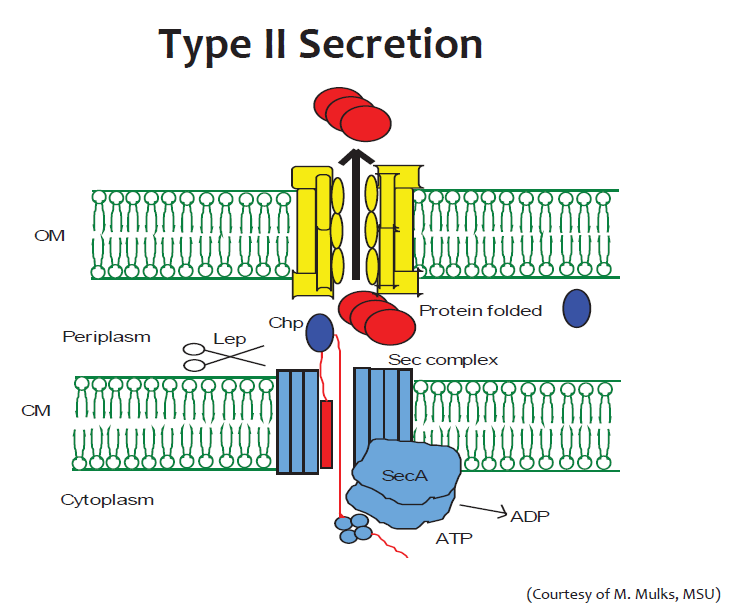



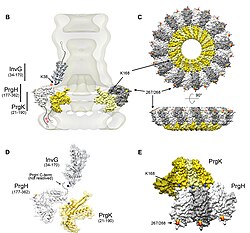

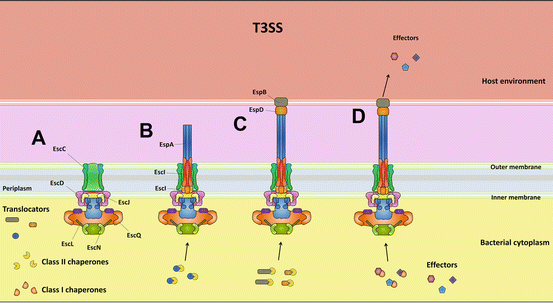



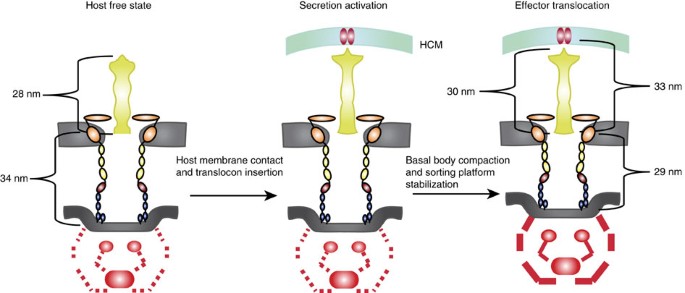



Post a Comment for "Type 3 Secretion System Usmle"